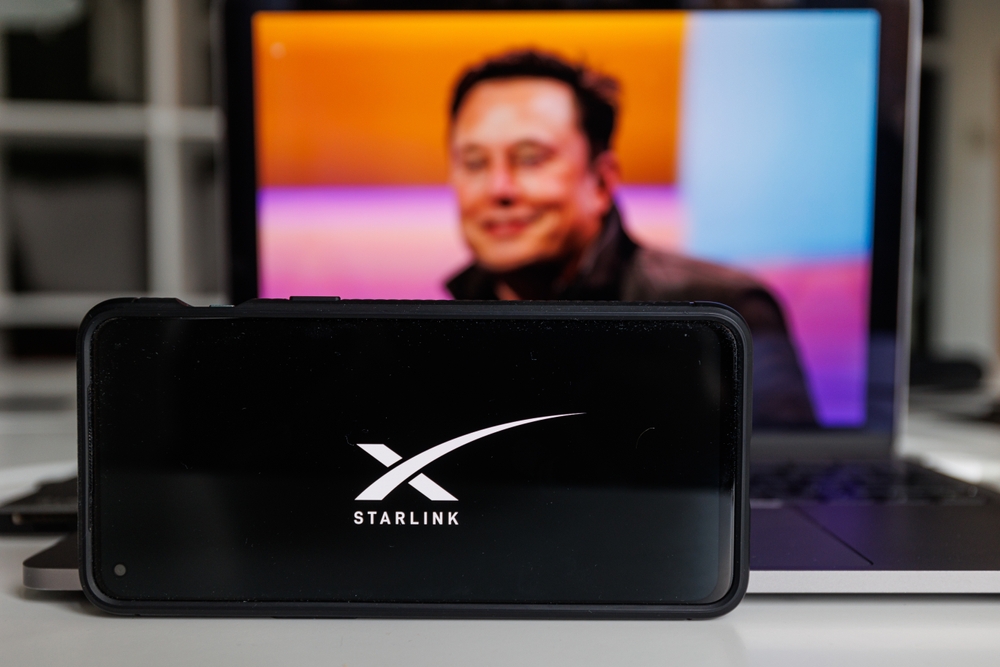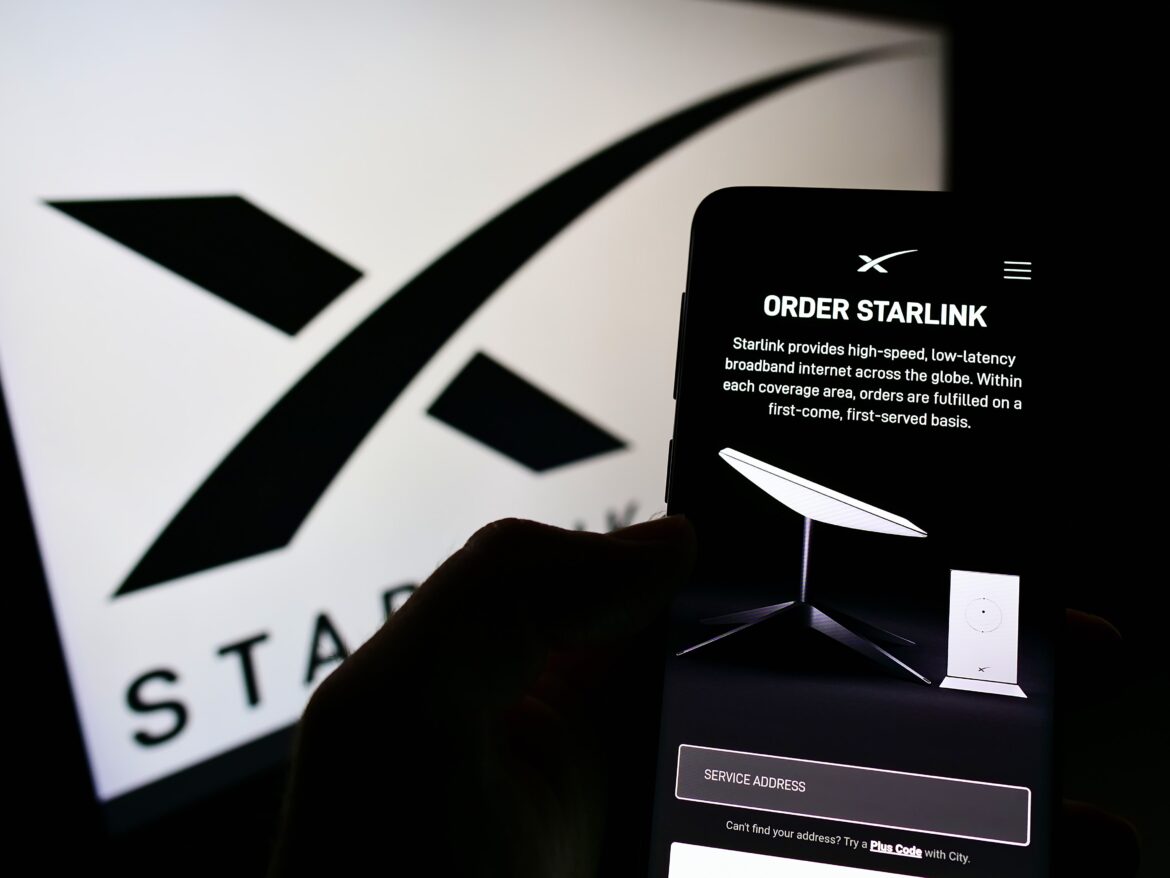In the evolving world of satellite technology, Starlink—a satellite internet constellation project by SpaceX—has been making waves since its inception. With ambitious goals, groundbreaking technology, and significant achievements, Starlink has become a prominent player in the push for global internet access. As the project progresses, its milestones highlight both the possibilities and the challenges of bringing high-speed internet to even the most remote corners of the globe. This blog dives into Starlink’s achievements, progress, and how it is redefining internet accessibility.
What is Starlink?
Starlink, launched by Elon Musk’s SpaceX in 2015, is a satellite-based internet service provider aiming to deliver high-speed, low-latency internet worldwide. Traditional internet providers primarily rely on physical cables and fiber optics, limiting their reach to areas with established infrastructure. Starlink, however, uses low Earth orbit (LEO) satellites to cover a much broader area, including underserved regions. By using a constellation of interconnected satellites, Starlink provides internet directly from space to users on the ground, bridging the gap left by traditional ISPs.

How Starlink Works
Each Starlink satellite orbits close to the Earth, at an altitude between 340 and 1,200 kilometers, unlike conventional satellites, which orbit much farther out. This proximity is what allows Starlink to provide low-latency internet, a crucial factor for modern applications like online gaming, video conferencing, and real-time data processing. Users need a Starlink satellite dish and modem to receive and transmit signals from these satellites, connecting them to the nearest ground station.
Key Achievements of Starlink
Since its initial launch, Starlink has reached impressive milestones, reflecting its commitment to global internet access. Here are some significant achievements that showcase the progress of this ambitious project:
1. Rapid Deployment of Satellites
Starlink’s first major achievement has been the rapid deployment of its satellite constellation. By 2024, Starlink had launched over 4,000 satellites, making it the largest satellite constellation in history. This rapid expansion has been made possible through SpaceX’s reusable Falcon 9 rockets, which lower launch costs significantly. This achievement is a critical step toward Starlink’s goal of delivering high-speed internet worldwide, especially in remote and rural areas.
2. Global Coverage
One of Starlink’s most notable achievements has been its ability to provide internet coverage across multiple continents. Initially starting with beta testing in select regions like North America and Europe, Starlink quickly expanded its reach, adding more countries and now covering large parts of North America, Europe, Australia, and beyond. This global reach enables underserved regions to access high-speed internet, opening new opportunities for education, business, and communication.
3. Contribution to Ukraine’s Connectivity
During the Russia-Ukraine conflict, Starlink played an unexpected yet impactful role by providing crucial internet access in war-torn areas of Ukraine. Amid widespread network disruptions, Starlink’s ability to deliver reliable communication channels proved vital for both civilians and the Ukrainian government. This achievement showcased Starlink’s potential in providing connectivity during emergencies and natural disasters when other networks might fail.
4. High-Speed, Low-Latency Internet
Another critical achievement of Starlink is the significant improvement in internet speeds and latency for users. In beta testing, users in rural areas reported speeds of 50-150 Mbps and latency as low as 20 ms. This performance allows Starlink to rival, and sometimes surpass, traditional ISPs, offering a viable alternative in areas where high-speed internet was once unimaginable.
5. Affordable Satellite Internet Solutions
Traditionally, satellite internet services were known for their high costs, making them inaccessible for average users. However, Starlink has worked towards an affordable model by keeping costs relatively low for the equipment and subscription fees. By doing so, Starlink has made satellite internet accessible to the masses, breaking down a major barrier in the industry.
Progress and Future Goals of Starlink
While Starlink’s achievements are noteworthy, the project is far from complete. SpaceX has outlined ambitious goals for Starlink’s future development. Here are a few areas where Starlink is progressing:
1. Increased Satellite Density
As of 2024, Starlink has launched thousands of satellites, but it plans to increase this number even further. Starlink aims to deploy up to 12,000 satellites, with the potential to go as high as 42,000. With a higher satellite density, Starlink will be able to provide even better speeds and reliability, making its service more competitive with traditional ISPs.
2. Expanding Market Reach
Currently, Starlink is available in over 40 countries, but it continues to expand its market reach. New regulatory approvals and infrastructure upgrades allow Starlink to cover regions with limited connectivity options. In developing nations where internet access is sparse, Starlink’s expansion could help bridge the digital divide, empowering communities with better access to information, economic opportunities, and social connections.
3. Starlink for Mobile and Maritime Services
In addition to residential services, Starlink is exploring mobile and maritime applications. SpaceX has already begun testing Starlink on airplanes and ships, aiming to offer seamless internet access for travelers, cargo ships, and even military operations. This expansion into mobile sectors could make Starlink the go-to solution for high-speed internet on the move.
4. Starlink Version 2 and Lower-Cost Hardware
SpaceX is continuously working to improve Starlink’s technology and make it more affordable. Plans for Starlink Version 2 include larger satellites with enhanced capabilities, which would provide stronger signals, better speeds, and improved reliability. Additionally, Starlink is developing cheaper hardware options for users, aiming to make the service more affordable without compromising on quality.
5. Lower Latency and Higher Speeds
Starlink’s goal is to match or even exceed the internet speeds offered by fiber-optic networks, and this is where continued technological advancements come into play. Through laser-based inter-satellite links and other innovations, Starlink hopes to further reduce latency and enhance data transmission, bringing high-quality, real-time internet service to its users.

Challenges and Criticisms
While Starlink’s achievements and progress are impressive, the project is not without its challenges. Environmental concerns, such as space debris from the thousands of satellites in orbit, have sparked criticism. There are also concerns about the long-term sustainability of such a large constellation and its impact on astronomical observations.
Moreover, the initial setup cost for Starlink remains relatively high compared to traditional ISPs, and the service quality can vary depending on geographical location and satellite coverage. Despite these challenges, Starlink’s ongoing advancements show promise in addressing these issues over time.
A Bright Future for Starlink and Global Internet Access-
Starlink has revolutionized the way we view internet connectivity, especially in underserved regions and during emergencies. With its expanding satellite constellation, global reach, and user-centric approach, Starlink is gradually making high-speed, low-latency internet a reality for all. From supporting Ukraine during a conflict to promising faster and more reliable internet in remote areas, Starlink’s achievements mark it as a major force in global internet access.
While there are hurdles to overcome, the future looks bright for Starlink. The journey to a fully connected world continues, with Starlink leading the way as it works towards overcoming technical, regulatory, and environmental challenges. For those following the evolution of satellite technology, Starlink remains a beacon of hope in bridging the digital divide and bringing the world closer together through high-speed, reliable internet for everyone.


